Chandrashekhar Azad was one of the most prominent figures of the Indian independence movement. He was a fearless revolutionary who sacrificed his life for the cause of India’s freedom. Born on July 23, 1906, in Bhabra village in present-day Madhya Pradesh, he was named Chandrashekhar Tiwari. However, he later adopted the surname Azad, which means “free” in Hindi, as a symbol of his commitment to the cause of Indian freedom.
Azad was an ardent nationalist from a young age. He was deeply influenced by the works of Indian revolutionaries like Bal Gangadhar Tilak and Bipin Chandra Pal, and he was inspired by the idea of a free and independent India. He was just 15 years old when he joined the Non-Cooperation Movement, which was launched by Mahatma Gandhi in 1920.
However, Azad soon became disillusioned with Gandhi’s philosophy of non-violence. He believed that the British would never leave India willingly, and that a more aggressive approach was necessary to achieve freedom. He was particularly incensed by the Jallianwala Bagh massacre in 1919, in which British troops fired on a peaceful gathering of Indians, killing hundreds.
In 1921, Azad joined the Hindustan Republican Association (HRA), which was founded by Ram Prasad Bismil, another revolutionary. The HRA was dedicated to achieving Indian independence through armed struggle. Azad quickly rose through the ranks of the organization, and he soon became one of its most important leaders.
Azad was involved in several acts of revolutionary violence against the British. He was particularly skilled in the use of firearms, and he was known for his daring exploits. In 1925, he was involved in the Kakori Train Robbery, in which the HRA stole money from a train belonging to the British government. The robbery was a major blow to the British, and it brought Azad to national prominence.
However, Azad’s life was marked by constant danger. He was constantly on the run from the British police, who were determined to capture him. In 1928, he was involved in a shootout with the police in the city of Allahabad. Despite being heavily outnumbered, Azad fought valiantly, killing several police officers before he was finally cornered.
Rather than surrendering to the British, Azad chose to take his own life. He shot himself with his last bullet, shouting “Bharat Mata ki Jai!” (“Hail Mother India!”) as he died. He was just 24 years old.
Azad’s death was a major blow to the Indian independence movement. However, it also inspired a new generation of revolutionaries to take up the cause of freedom. His sacrifice came to symbolize the courage and determination of those who fought for India’s independence.
Today, Azad is remembered as a hero of the Indian independence movement. He is honored in many ways, including having streets and public places named after him. His legacy continues to inspire Indians to work towards a more just and equal society.
Azad’s life and legacy offer several important lessons for us today. First and foremost, he teaches us the importance of standing up for what we believe in, even in the face of overwhelming odds. Azad knew that the British were much more powerful than the Indian revolutionaries, but he refused to back down. He was willing to sacrifice everything for the cause of Indian freedom, and that is what ultimately made him a hero.
![]()

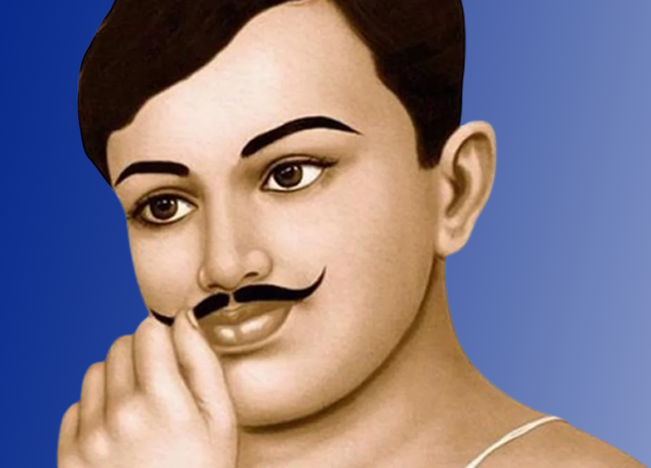
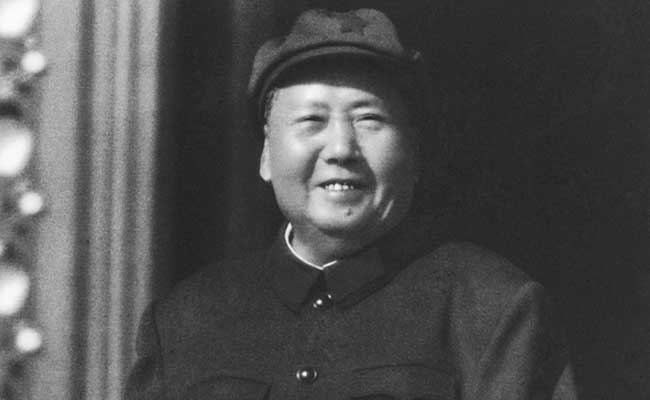
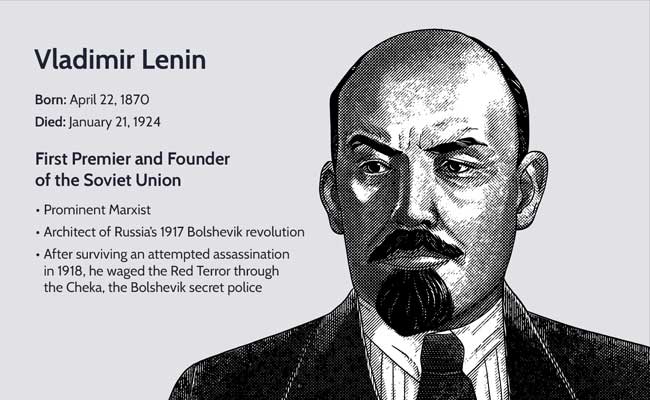
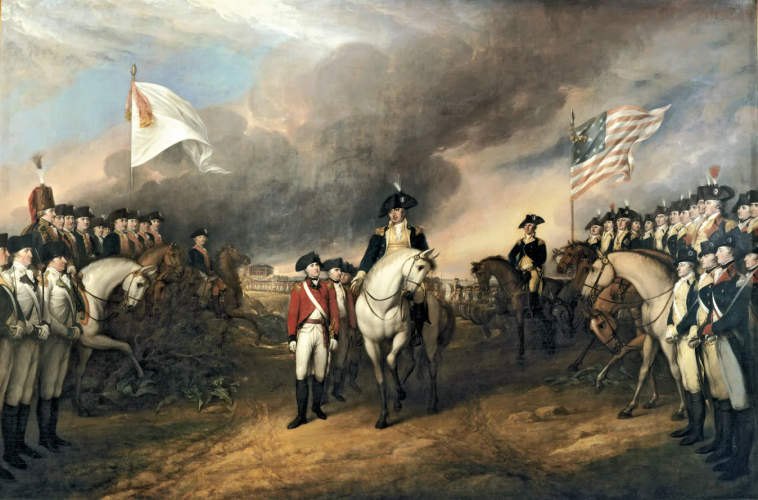
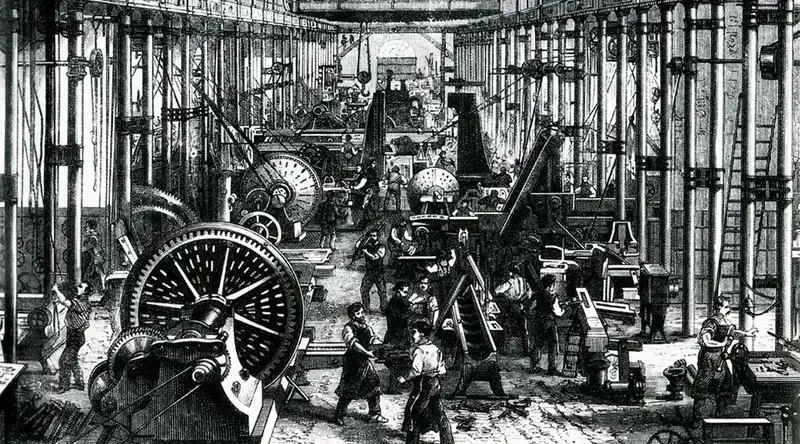
Brave son of mother India….. We talk less on them and talk much on corrupted politicians .